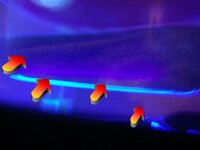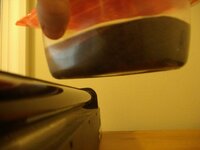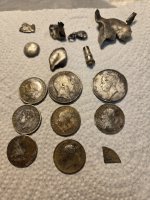Astrobouncer
Hero Member
- Jun 21, 2009
- 823
- 343
So today I have been panning out the concentrate from the sluice at my newest spot and I noticed there is some kind of white powder/ white particles down there in the bottom with the heavy stuff. Anyone know what this could be? I looked for information on google on this but came up with just a lot of stuff about beaches, heh.
Upvote
0










